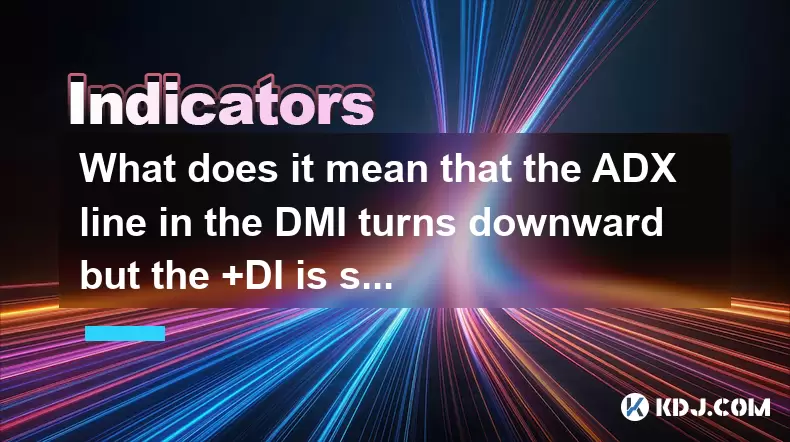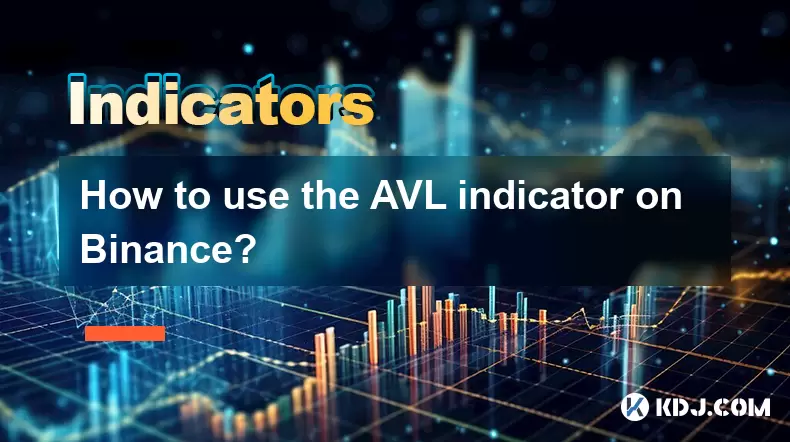-
 Bitcoin
Bitcoin $117700
-0.03% -
 Ethereum
Ethereum $3805
0.49% -
 XRP
XRP $3.098
-1.00% -
 Tether USDt
Tether USDt $1.000
0.03% -
 BNB
BNB $792.8
-1.72% -
 Solana
Solana $177.9
-1.95% -
 USDC
USDC $1.000
0.02% -
 Dogecoin
Dogecoin $0.2202
-1.55% -
 TRON
TRON $0.3278
-2.92% -
 Cardano
Cardano $0.7641
-2.43% -
 Hyperliquid
Hyperliquid $42.21
-2.68% -
 Sui
Sui $3.758
-1.58% -
 Stellar
Stellar $0.4080
-3.21% -
 Chainlink
Chainlink $17.75
-0.33% -
 Bitcoin Cash
Bitcoin Cash $591.8
4.96% -
 Hedera
Hedera $0.2561
-3.09% -
 Avalanche
Avalanche $23.34
-4.24% -
 Litecoin
Litecoin $110.7
1.96% -
 UNUS SED LEO
UNUS SED LEO $8.956
-0.01% -
 Toncoin
Toncoin $3.410
0.79% -
 Ethena USDe
Ethena USDe $1.001
0.03% -
 Shiba Inu
Shiba Inu $0.00001288
-1.82% -
 Uniswap
Uniswap $10.07
-2.06% -
 Polkadot
Polkadot $3.807
-2.27% -
 Monero
Monero $308.2
-2.15% -
 Dai
Dai $1.000
0.03% -
 Bitget Token
Bitget Token $4.521
-0.30% -
 Pepe
Pepe $0.00001134
-1.52% -
 Cronos
Cronos $0.1457
0.65% -
 Aave
Aave $274.9
-2.47%
What does it mean that the ADX line in the DMI turns downward but the +DI is still moving upward?
A declining ADX with rising +DI suggests weakening trend strength but ongoing upward momentum, signaling potential consolidation or a pending breakout in crypto markets.
Jun 20, 2025 at 03:00 pm

Understanding the ADX and DMI Indicators
The ADX (Average Directional Index) is part of the DMI (Directional Movement Index) system, which includes two other lines: +DI (Positive Directional Indicator) and -DI (Negative Directional Indicator). Together, these components help traders assess both the strength and direction of a trend in cryptocurrency markets.
In this context, the ADX line measures trend strength, not direction. A rising ADX indicates a strengthening trend, while a falling ADX suggests that the current trend is weakening. The +DI line reflects upward momentum, and the -DI line reflects downward momentum. Crossovers between +DI and -DI are often used to signal potential buy or sell opportunities.
When the ADX line turns downward but the +DI continues to rise, it creates an interesting dynamic that can be interpreted in several ways depending on market conditions and timeframe.
Important Note: This combination does not necessarily indicate a reversal, but rather a shift in trend dynamics.
What Does a Declining ADX Line Mean?
A declining ADX line means that the overall trend strength is decreasing. In cryptocurrency trading, where volatility is common, this could mean that the asset is entering a consolidation phase, or that the current trend—whether bullish or bearish—is losing steam.
However, it's crucial to understand that a falling ADX does not always mean the price will reverse. It simply signals that the existing trend is becoming less dominant. Traders should look at other indicators or price action to confirm whether a new trend is forming or if the market is ranging.
Key Insight: A falling ADX line may precede a breakout or breakdown, especially if volume begins to increase again.
Why Is the +DI Still Rising While ADX Falls?
It is possible for the +DI to continue rising even as the ADX falls. This occurs when there is still some upward price pressure, but it is not strong enough to sustain a robust trend. In such cases, each successive rally may be weaker than the last, causing the overall trend strength (measured by ADX) to decline.
This situation is particularly relevant in crypto markets, where short-term pump-and-dump scenarios or whale-driven rallies can push prices higher temporarily without building sustainable momentum.
- The +DI rises because positive directional movement is still occurring.
- However, the ADX falls because the trend isn’t gaining consistent traction over multiple periods.
Example Scenario: Bitcoin is experiencing small, intermittent rallies but fails to break past a key resistance level repeatedly. Each rally pushes +DI up slightly, but the lack of a sustained move causes ADX to decline.
How to Interpret This Signal in Crypto Trading
When the ADX line is falling and +DI is rising, traders should consider several factors before making decisions:
- Timeframe: Short-term charts may show false signals more frequently. Check higher timeframes to validate the trend.
- Volume: Rising volume during upward moves supports the idea of continued strength despite a falling ADX.
- Price Action: Look for signs of accumulation or distribution through candlestick patterns or order book data.
Traders might also want to cross-reference with other tools like RSI or MACD to get a clearer picture.
Caution: This setup can sometimes precede a sharp reversal if bulls fail to maintain control after repeated attempts to push higher.
Strategic Responses to This DMI Pattern
Depending on your trading strategy, you can choose from different approaches when encountering this DMI configuration:
- Conservative Approach: Wait for ADX to rise above 25 again before re-entering a trend-following trade.
- Aggressive Approach: Use the rising +DI as a sign of ongoing bullishness and enter long positions with tight stop-losses.
- Neutral Approach: Watch for a crossover of +DI and -DI as a potential confirmation of a new trend direction.
For example, if Ethereum’s +DI crosses above -DI while ADX is still falling, it might suggest a new uptrend is beginning—even if it lacks immediate strength.
Pro Tip: Combine this analysis with support/resistance levels for better entry and exit points.
Frequently Asked Questions
Can ADX fall while +DI rises in a downtrend?
Yes, it’s possible. Even in a general downtrend, there can be temporary upward corrections that boost the +DI. However, if the -DI remains significantly above +DI, the overall bias remains bearish.
Is a rising +DI always a good sign?
Not necessarily. If the +DI rises but the ADX is below 20 and declining, it may reflect weak buying pressure rather than strong bullish momentum.
Should I ignore trades when ADX is falling?
No, you shouldn't automatically avoid trades. Falling ADX can still provide opportunities, especially if combined with volume spikes or significant chart patterns like triangles or flags.
How reliable is the DMI system in cryptocurrency markets?
The DMI works best in trending markets. Since crypto can alternate between trending and ranging phases, DMI signals should be validated using other tools like moving averages or volume-based indicators.
Disclaimer:info@kdj.com
The information provided is not trading advice. kdj.com does not assume any responsibility for any investments made based on the information provided in this article. Cryptocurrencies are highly volatile and it is highly recommended that you invest with caution after thorough research!
If you believe that the content used on this website infringes your copyright, please contact us immediately (info@kdj.com) and we will delete it promptly.
- Cold Wallet vs. MetaMask: A Crypto Wallet Revolution?
- 2025-07-31 10:30:57
- Bitcoin Casinos in 2025: Instant Payouts and Welcome Bonuses
- 2025-07-31 10:50:33
- Meme Coins in 2025: Token Burns and the Quest for Moonshots
- 2025-07-31 10:50:33
- Unlocking Value: A Deep Dive into Random Year 1 oz Krugerrand Gold Coins
- 2025-07-31 10:57:21
- LYNO Token Presale: AI Arbitrage Revolution in DeFi
- 2025-07-31 05:11:11
- Pepecoin Successors: Can These Cryptocurrencies Make You a Millionaire?
- 2025-07-31 05:50:12
Related knowledge

How to use the AVL indicator to confirm a trend?
Jul 31,2025 at 10:25am
Understanding the AVL Indicator and Its ComponentsThe AVL indicator, also known as the Accumulation Volume Line, is a technical analysis tool that com...

How does volume affect the AVL indicator?
Jul 31,2025 at 11:23am
Understanding the AVL Indicator and Its Core ComponentsThe AVL indicator, short for Accumulation Volume Line, is a technical analysis tool used primar...

How to use the AVL indicator with MACD for better signals?
Jul 31,2025 at 09:22am
Understanding the AVL Indicator and Its Role in Cryptocurrency TradingThe AVL indicator, also known as the Accumulation Volume Line, is a volume-based...

How to identify sell signals with the AVL indicator?
Jul 31,2025 at 07:09am
Understanding the AVL Indicator and Its Core ComponentsThe AVL indicator, also known as the Accumulation Volume Line, is a volume-based technical anal...

How to use the AVL indicator on Binance?
Jul 31,2025 at 12:22pm
Understanding the AVL Indicator and Its Relevance on BinanceThe AVL indicator, also known as the Accumulation Volume Line, is a technical analysis too...

What are the best settings for the AVL indicator?
Jul 31,2025 at 10:04am
Understanding the AVL Indicator and Its PurposeThe AVL indicator, also known as the Accumulation Volume Line, is a technical analysis tool used in the...

How to use the AVL indicator to confirm a trend?
Jul 31,2025 at 10:25am
Understanding the AVL Indicator and Its ComponentsThe AVL indicator, also known as the Accumulation Volume Line, is a technical analysis tool that com...

How does volume affect the AVL indicator?
Jul 31,2025 at 11:23am
Understanding the AVL Indicator and Its Core ComponentsThe AVL indicator, short for Accumulation Volume Line, is a technical analysis tool used primar...

How to use the AVL indicator with MACD for better signals?
Jul 31,2025 at 09:22am
Understanding the AVL Indicator and Its Role in Cryptocurrency TradingThe AVL indicator, also known as the Accumulation Volume Line, is a volume-based...

How to identify sell signals with the AVL indicator?
Jul 31,2025 at 07:09am
Understanding the AVL Indicator and Its Core ComponentsThe AVL indicator, also known as the Accumulation Volume Line, is a volume-based technical anal...

How to use the AVL indicator on Binance?
Jul 31,2025 at 12:22pm
Understanding the AVL Indicator and Its Relevance on BinanceThe AVL indicator, also known as the Accumulation Volume Line, is a technical analysis too...

What are the best settings for the AVL indicator?
Jul 31,2025 at 10:04am
Understanding the AVL Indicator and Its PurposeThe AVL indicator, also known as the Accumulation Volume Line, is a technical analysis tool used in the...
See all articles

























































































